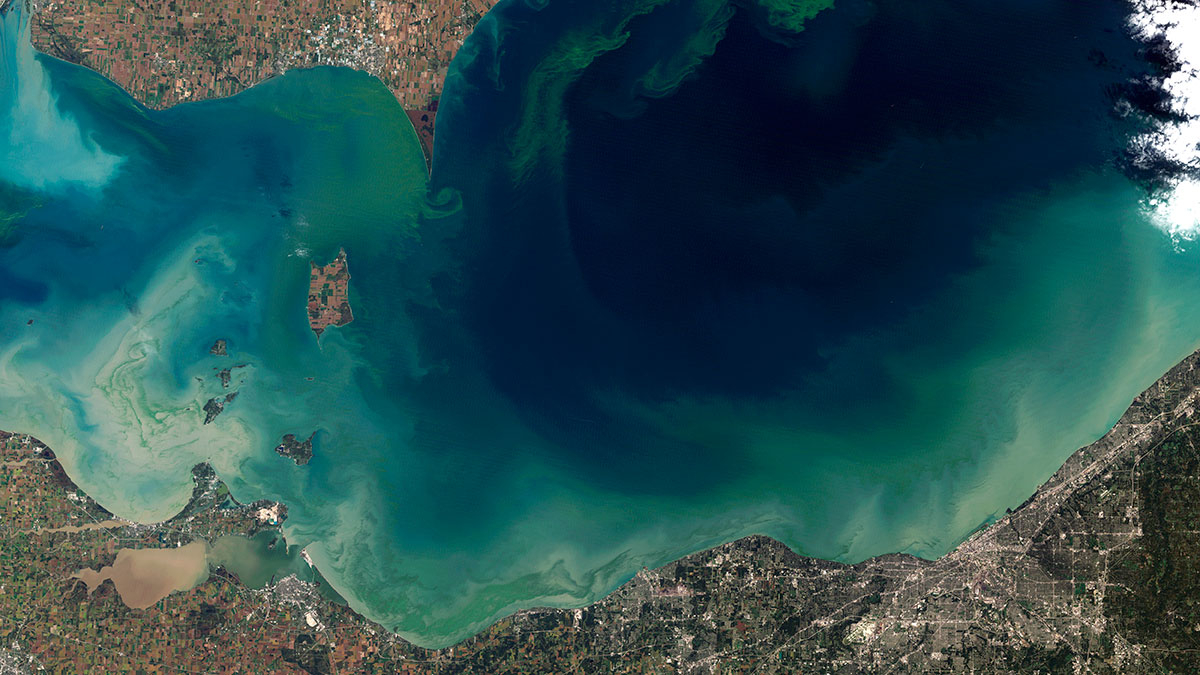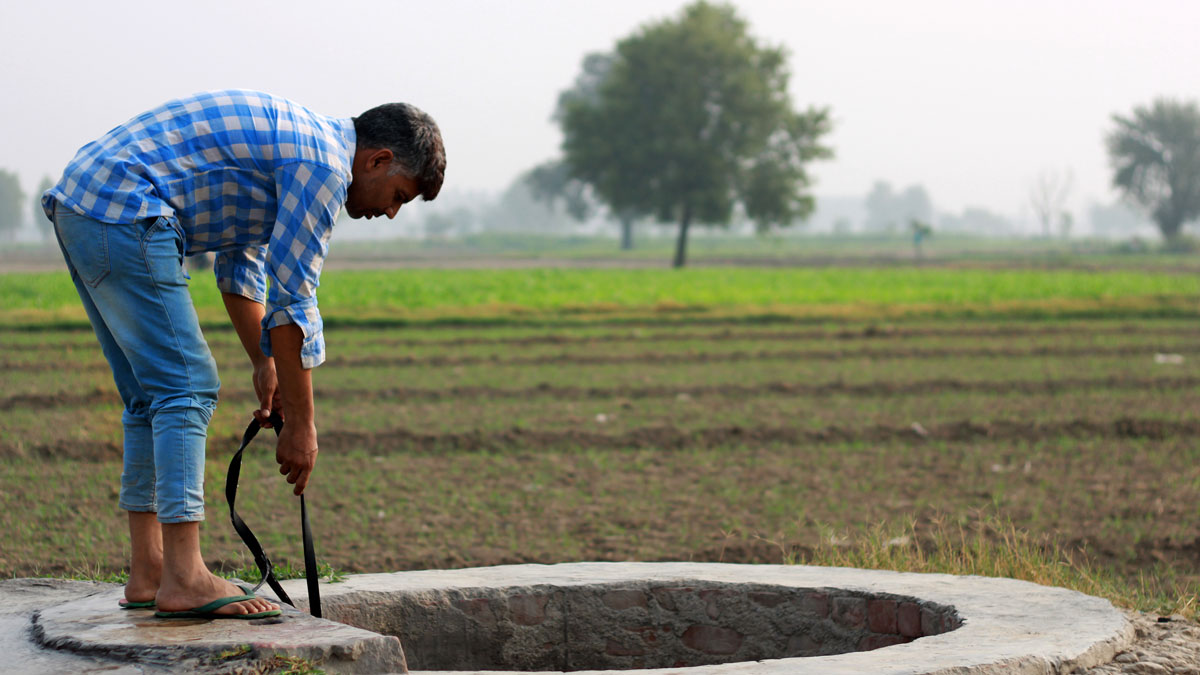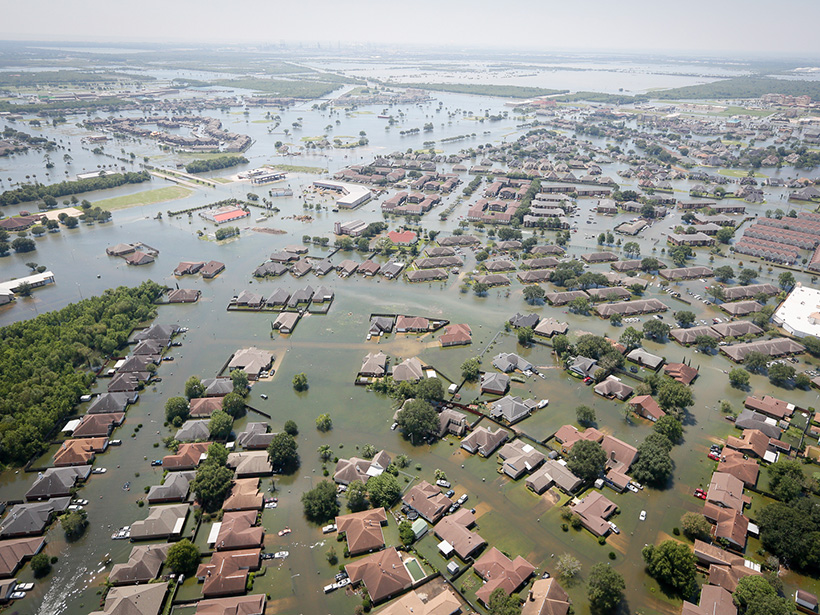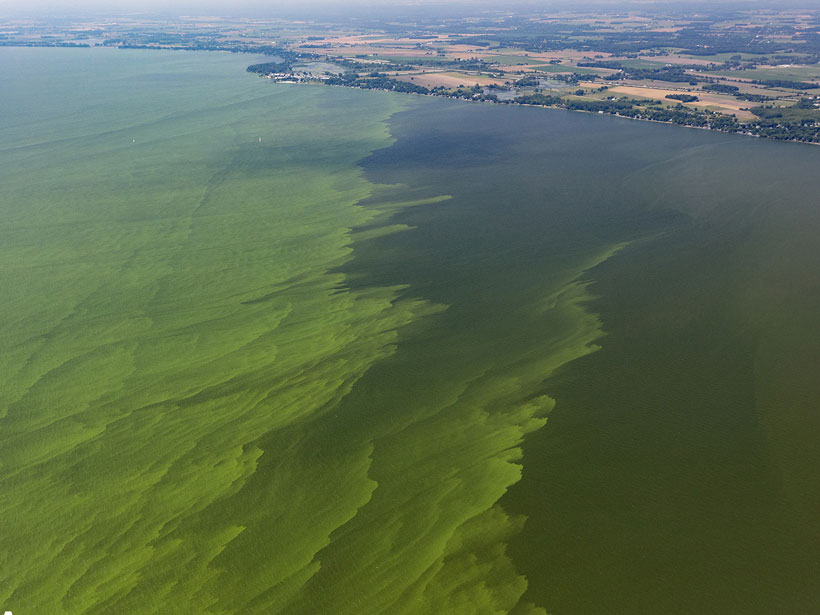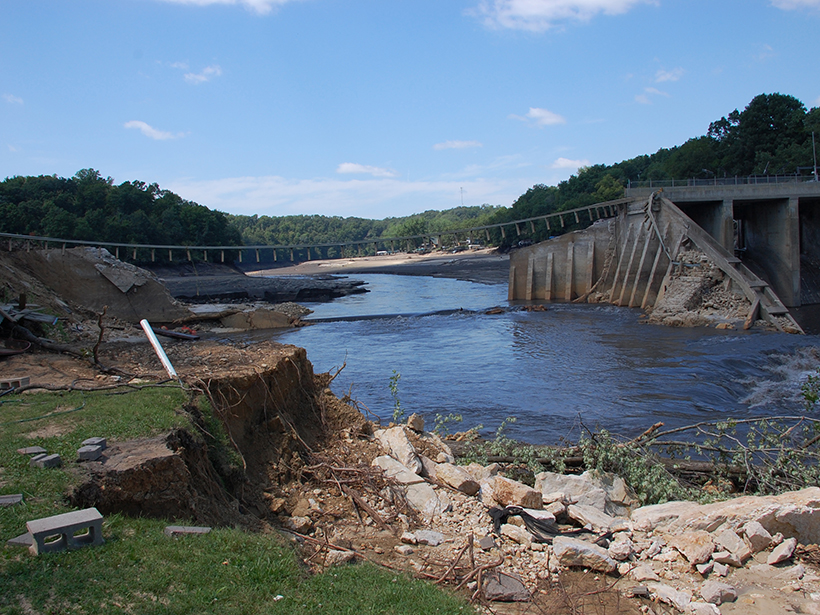Researchers identified geochemical tracers for lead and investigated Oklahomans’ concerns at the Tar Creek Superfund site.
water pollution
The Capital’s Waterways Could Be Swimmable by 2030
Scientists, community groups, and the Clean Water Act are behind Washington, D.C.’s massive project to reduce combined sewer overflows by 96%.
Cyanobacteria Blooms Exceed WHO Thresholds in Midwest Lakes
A study of 369 lakes across the Midwest finds that many of them, especially those close to agriculture, have high concentrations of harmful algal bloom-causing cyanobacteria.
Scientists Call for Policies to Buffer Agricultural Runoff
By reviewing 44 studies, researchers make a scientific case for regulating agricultural pollution of streams and rivers by implementing conservation practices, including riparian buffer zones.
Leaky Pipes Are Dosing Baltimore’s Waterways with Drugs
Poor infrastructure is responsible for tens of thousands of pharmaceutical doses that flow through Baltimore’s streams each year.
New Contamination Concern for Colorado Streams
Abandoned hardrock mines and climate change cause metals and other elements to leach into streams. They also put rare earth elements into the water, a new study finds.
Researchers Trace Threats to Groundwater in India
A handful of new studies analyze the depletion and contamination of groundwater, as well as the effects of climate change—and how communities are responding.
When Rivers Are Contaminated, Floods Are Only the First Problem
As floods increase in frequency and intensity, chemicals buried in river sediments become “ticking time bombs” waiting to activate.
Lake Erie Sediments: All Dredged Up with Nowhere to Grow
Agriculture is a key contributor to the algae mats that plague Lake Erie. With so many fertilizers entering the lake, could sediment from the lake floor be used to grow crops instead?
Below Aging U.S. Dams, a Potential Toxic Calamity
Documents suggest that in more than 80 U.S. locations, the failure of an aging dam could flood a major toxic waste site.



